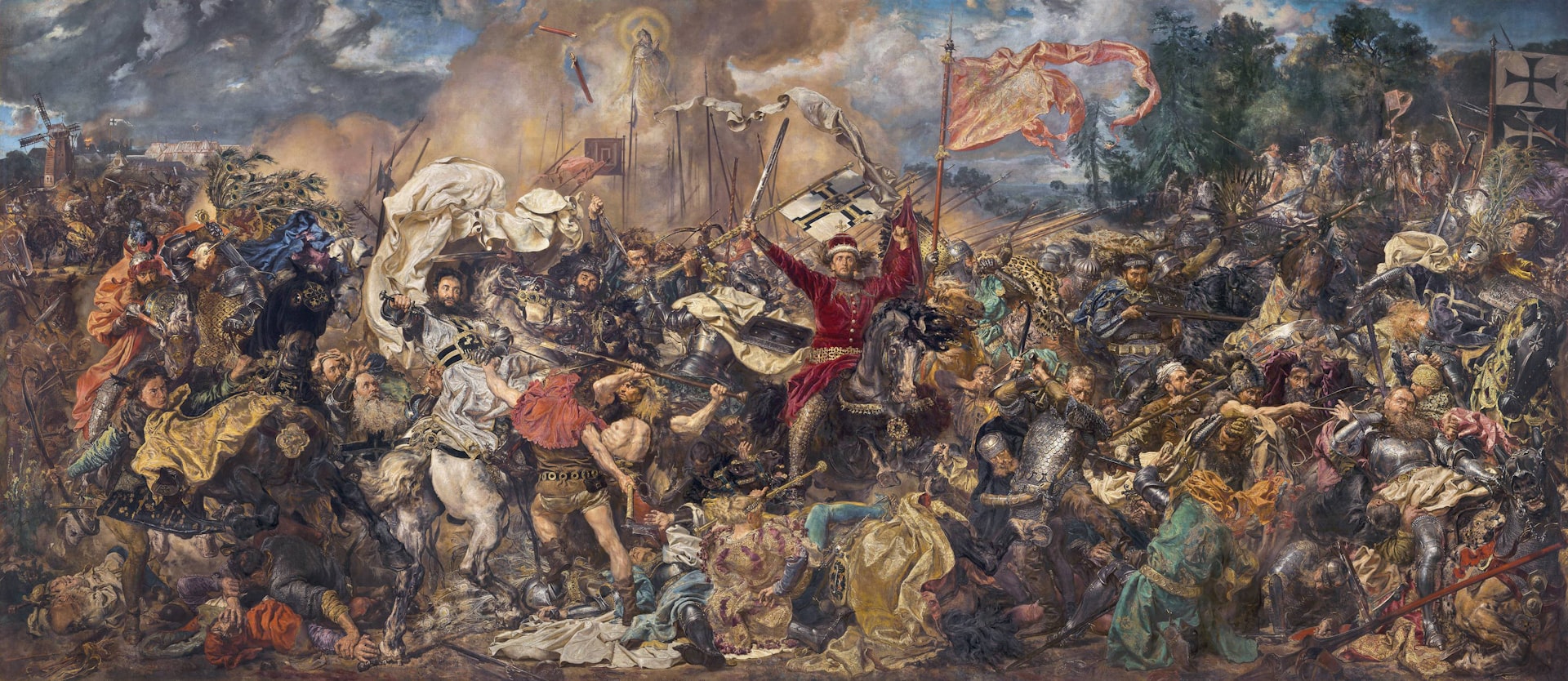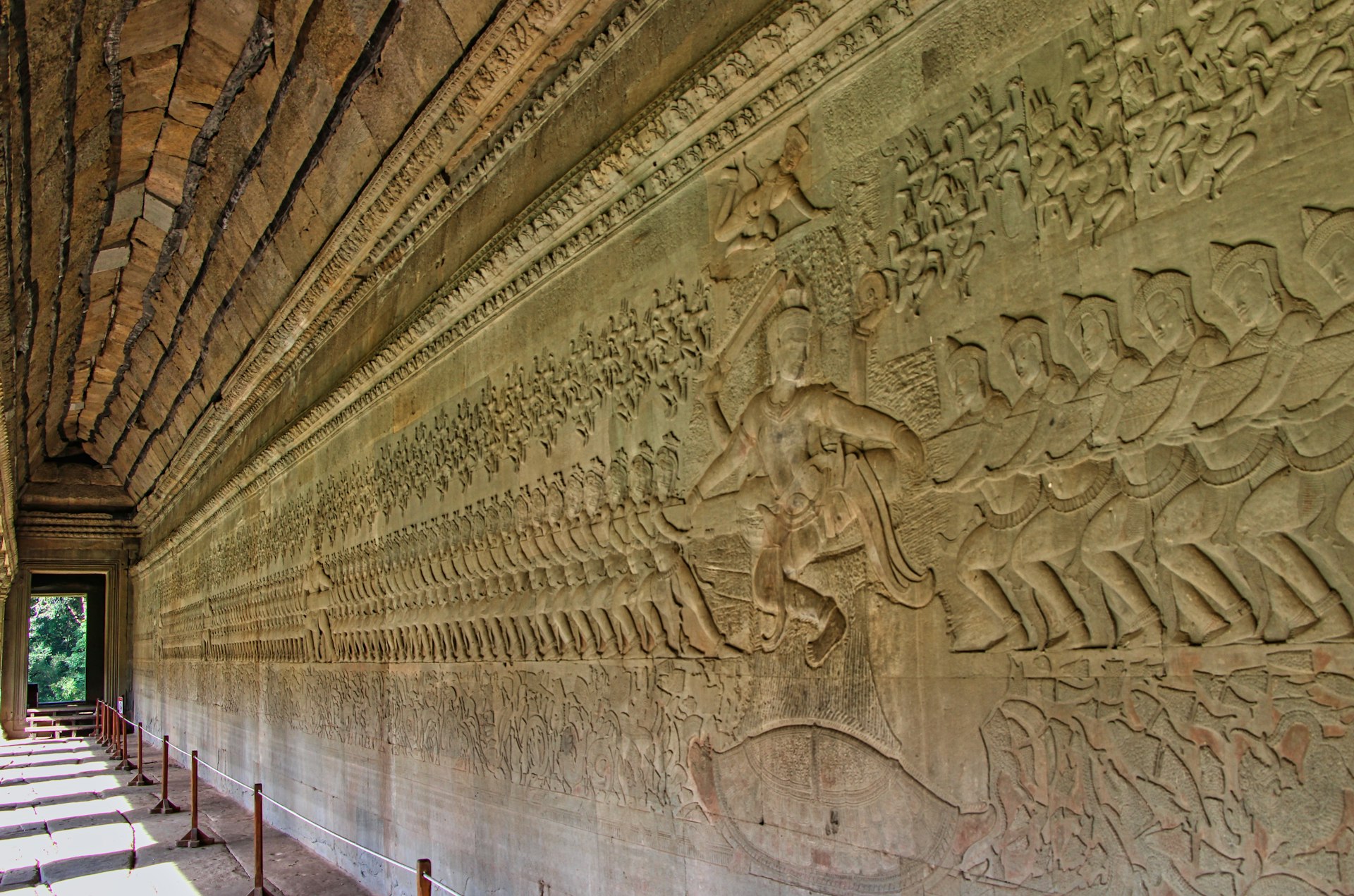How the United Nations Shaped the Modern World After World War II

Photo by lo lindo on Unsplash
Introduction: The Postwar Genesis of Global Cooperation
The devastation wrought by World War II led world leaders to seek a new framework for securing international peace and promoting collaboration among nations. The result was the creation of the United Nations (UN), formally established on October 24, 1945, with a mission to prevent future conflicts, foster human rights, and support economic and social development. This article explores the UN’s founding, structure, accomplishments, and how individuals and organizations can engage with or benefit from its ongoing activities. [1] [3]
The United Nations: Foundations and Purpose
The UN was conceived as a direct response to the failures of the League of Nations, which had been unable to prevent the outbreak of World War II. In the years leading up to its founding, Allied leaders, notably President Franklin D. Roosevelt and Prime Minister Winston Churchill, began discussing principles that would guide a postwar world order. The
Atlantic Charter
of 1941 laid the groundwork, emphasizing peaceful negotiation, collective security, and self-determination.
[1]

Photo by Salya T on Unsplash
Subsequent negotiations at the Dumbarton Oaks Conference (1944) and the Yalta Conference (1945) shaped the organization’s structure. The San Francisco Conference of April-June 1945 brought together representatives from 50 nations to draft and sign the UN Charter, which set forth the organization’s purposes: maintaining peace and security, developing friendly relations among nations, and promoting social progress, better living standards, and human rights. [2] [3]
Structure and Main Organs of the UN
The UN’s effectiveness hinges on its unique structure, which balances global representation with practical decision-making power. The organization includes several principal bodies:
- General Assembly: All member nations are represented, providing a forum for discussion and non-binding recommendations on international issues.
- Security Council: Charged with maintaining international peace and security, it includes five permanent members (United States, United Kingdom, France, China, Russia) and ten rotating members. Permanent members possess veto power over substantive decisions.
- Secretariat: The administrative backbone, led by the Secretary-General, who oversees daily operations and implements decisions.
- Economic and Social Council (ECOSOC): Coordinates economic, social, and related work of specialized agencies and commissions.
- International Court of Justice: Settles legal disputes between states and gives advisory opinions.
- Trusteeship Council: (Inactive since 1994) Supervised administration of trust territories transitioning to self-government or independence. [3]
The Security Council’s structure reflects the power dynamics of the postwar era, with the “Big Five” holding permanent seats and veto authority-a feature that both enables decisive action and, at times, impedes consensus. [1]
Major Accomplishments and Agencies
Since its founding, the UN has played a critical role in:
- Conflict Prevention and Peacekeeping: The UN has organized numerous peacekeeping missions, helping to prevent or resolve conflicts in regions such as the Middle East, Africa, and the Balkans. UN peacekeepers monitor ceasefires, support the implementation of peace agreements, and aid countries transitioning from conflict to stability. [1]
- Humanitarian Assistance: Agencies like UNICEF and the World Food Programme provide food, healthcare, and education during crises, reaching millions of vulnerable people worldwide. [3]
- Human Rights Advocacy: The UN adopted the Universal Declaration of Human Rights in 1948, setting global standards for individual freedoms and dignity. The Human Rights Council and related offices investigate abuses, raise awareness, and support policy reforms globally.
- Health and Development: The World Health Organization (WHO) combats pandemics and coordinates international health initiatives. The UN Development Programme (UNDP) works to reduce poverty and support sustainable development.
- Education, Science, and Culture: UNESCO fosters global cooperation in education, science, and culture, preserving heritage and expanding access to knowledge. [3]
For example, the UN played a pivotal role in supporting the independence of former colonies, advancing decolonization, and assisting in nation-building efforts during the mid-20th century.
Challenges and Adaptation Over Time
The UN’s work has not been without obstacles. The Cold War era (1947-1991) saw frequent clashes between the United States and the Soviet Union, often causing deadlock in the Security Council. Despite this, the UN expanded its peacekeeping and humanitarian roles, adapting to new global challenges as they emerged. [4]
In the post-Cold War period, the number of UN peacekeeping operations grew rapidly, reflecting the organization’s efforts to address conflicts in a more multipolar world. The UN has also responded to issues like climate change, terrorism, and pandemics, though critics argue that bureaucracy and political divisions sometimes limit its effectiveness. [4]
How to Access UN Resources and Engage with Its Work
Individuals, organizations, and governments can engage with the UN and benefit from its services in several ways:
- Educational Resources: The UN and its specialized agencies offer extensive online materials, reports, and data. To access accurate information or publications, visit the official United Nations website or the websites of specific agencies such as the WHO or UNICEF. Search for terms like “UN reports,” “WHO guidelines,” or “UNICEF programs” for relevant materials.
- Partnership and Funding: Non-governmental organizations (NGOs) can apply for consultative status with the UN Economic and Social Council (ECOSOC), enabling participation in meetings and access to funding opportunities. To pursue this, organizations should search for “Apply for ECOSOC consultative status” on the official UN website.
- Employment and Volunteering: Careers and volunteer opportunities within the UN system are typically listed on the United Nations Careers Portal. To explore open positions or internships, search for “UN Careers” or “UN Volunteers” through official channels.
- Humanitarian Assistance: Individuals seeking humanitarian help-such as refugee assistance, disaster relief, or access to food and health programs-should connect with local branches of UN agencies. For example, contact the nearest office of the UNHCR (United Nations High Commissioner for Refugees) or search for “local UNICEF office” for program details.
- Policy Advocacy and Civil Society Engagement: Many advocacy groups and civil society organizations engage with the UN to promote causes like sustainable development, gender equality, and environmental protection. Interested parties can participate by attending public UN events or contributing to consultations. Search for “UN civil society engagement” for current opportunities and guidance.
If you are unsure where to start, visit the official United Nations website and use its search function to navigate to topics of interest, or consult the websites of specific agencies for focused support and guidance.
Case Study: UN Peacekeeping in Action
A compelling example of the UN’s impact is its role in peacekeeping missions. In the 1990s, the UN deployed peacekeeping forces to the Balkans to help end ethnic conflicts and foster stability. Though success was mixed and sometimes controversial, these missions provided critical humanitarian aid, enabled post-conflict reconstruction, and helped save countless lives. [4]
To understand how peacekeeping operations are initiated, nations submit requests to the Security Council, which then debates and authorizes missions. Troops and resources are provided by member states, and the UN coordinates logistics, funding, and reporting. While peacekeeping remains complex and resource-intensive, it exemplifies the organization’s capacity for multilateral action in crisis zones.
Alternative Approaches and Reform Efforts
Recognizing its limitations, the UN has undergone reforms to adapt to new global realities. Proposals for Security Council reform, increased transparency, and enhanced collaboration with regional organizations are ongoing. For those interested in UN reform, search for “UN reform proposals” or “UN Security Council reform” on the official UN website or in reputable news outlets for the latest developments.
In addition, various countries and coalitions have developed parallel institutions or regional partnerships-such as the European Union or African Union-to complement or supplement UN activities when consensus is difficult to achieve.
Key Takeaways
The United Nations remains a vital institution for global cooperation, even as it faces ongoing challenges. Its founding principles, diverse agencies, and commitment to peace, human rights, and sustainable development continue to shape international relations. Whether you are seeking educational resources, humanitarian assistance, career opportunities, or a platform for advocacy, the UN provides multiple entry points for engagement and support.



